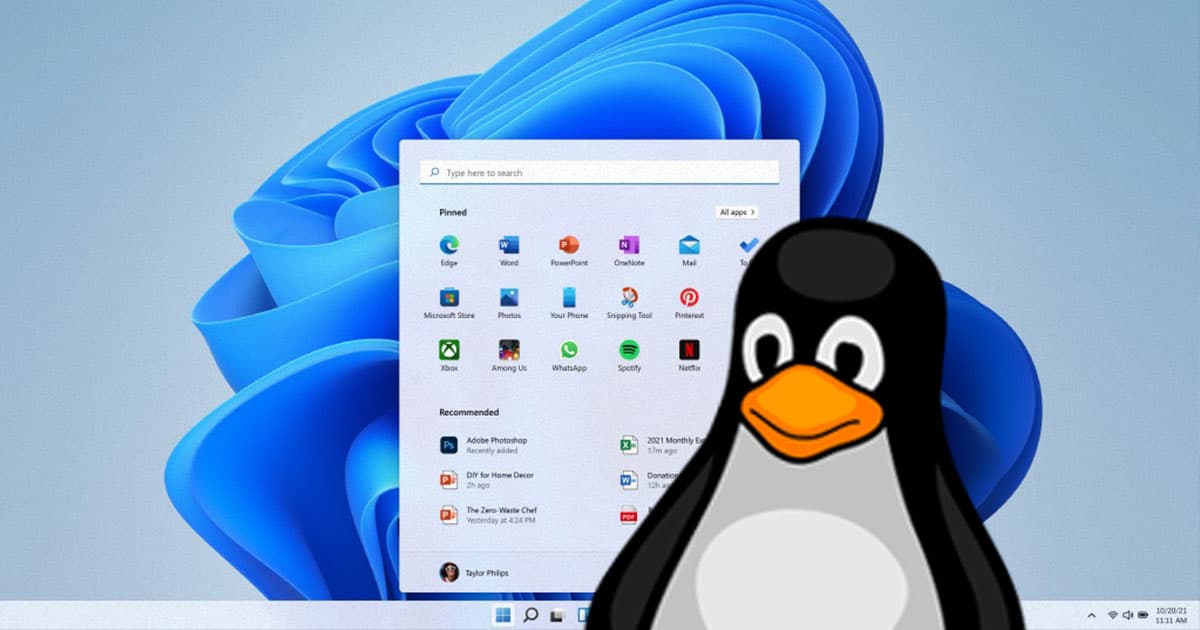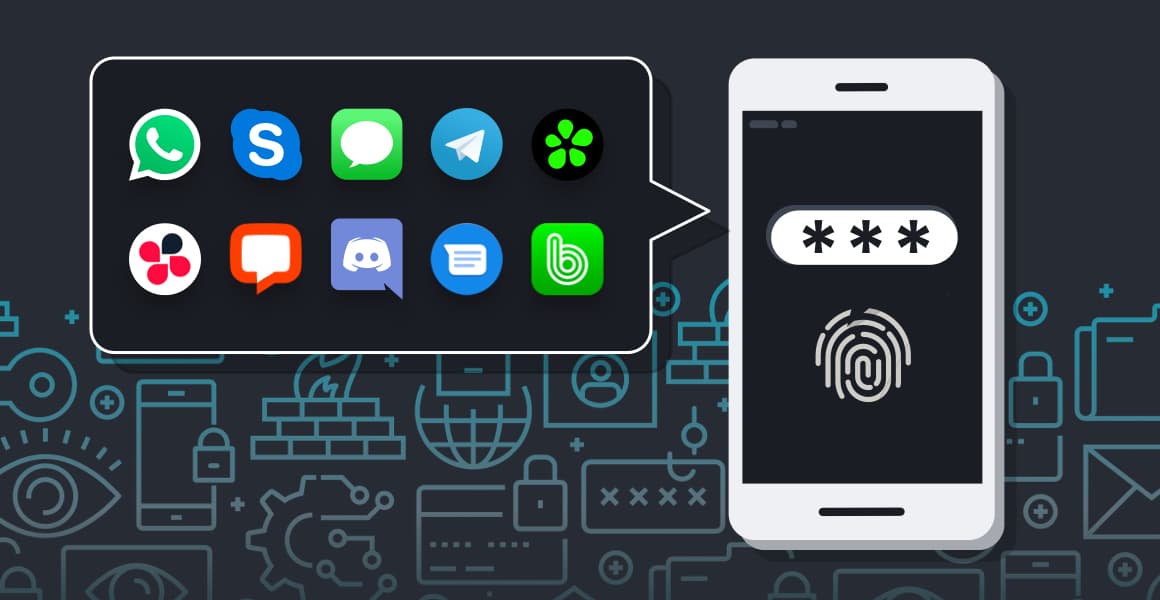The evolution of file managers began long before the advent of the familiar graphical windows and icons. In the 1980s, during the DOS era, file management was carried out via the command line. The first file managers featured text-based interfaces, where navigation between directories and file operations were performed using the keyboard. One of the first such tools was Norton Commander — a dual-pane file manager that marked a real breakthrough in usability. Its interface became a benchmark, inspiring many successors, including the iconic Total Commander.
Total Commander: A New Standard
With the release of Windows, the situation began to change rapidly. However, despite the presence of Windows Explorer, many users sought more flexible and functional solutions. In 1993, Windows Commander was released, later renamed Total Commander. This file manager became truly legendary. It offered a convenient dual-pane interface and a wealth of features — from a built-in FTP client to the ability to unpack archives and compare folders. It was especially valued by programmers, system administrators, and advanced users for whom file management was a daily task.
Total Commander became a symbol of an era when Windows was gaining popularity and users were looking for tools that combined simplicity with power. Programmable hotkeys, plugin support, built-in tools for searching and batch renaming files — all of this made Total Commander almost indispensable. Its philosophy remained unchanged: minimal graphical embellishments, maximum functionality.
Graphical Interfaces and New Approaches
With the development of operating systems and the widespread adoption of graphical interfaces, file managers emerged that focused on visual convenience. One notable example of this approach was Explorer++ — a free alternative to Windows Explorer with a tabbed interface. Users could open multiple directories in one window, greatly speeding up their workflow.
Other solutions, such as FreeCommander and Q-Dir, developed the idea of multi-pane interfaces, allowing users to adapt their workspace to their own needs. These programs offered not only the classic dual-pane structure but also three, four, or even six panels simultaneously — something impossible in traditional explorers.
At the same time, Linux ecosystems saw the rise of their own file managers. Among them were Dolphin in KDE, Nautilus (now Files) in GNOME, and Thunar in Xfce. These programs were tightly integrated into desktop environments and became part of the overall user experience, offering various plugins, support for network protocols, and the ability to connect to cloud storage.
Mobile Platforms and Cloud Technologies
With the spread of smartphones and tablets, file managers faced new challenges. On Android devices, built-in solutions from manufacturers were initially dominant, but over time, the market filled with dozens of apps — from simple to powerful ones like Solid Explorer and FX File Explorer. These managers supported work with cloud services (Google Drive, Dropbox, OneDrive), allowed file management over networks, and even offered encrypted vaults.
On iOS, the situation remained limited for a long time due to the closed nature of the system, but the introduction of the Files app and expanded app permissions gave users more freedom. Modern mobile file managers now play an increasingly important role, especially in the era of remote work and multitasking.
Modern Solutions: Speed, Cloud, and Synchronization
Today, the file manager market is more diverse than ever. In addition to classic programs like Total Commander, there is active development of solutions focused on cloud integration, high-speed search, and task automation.
Programs like Directory Opus (one of the most powerful alternatives to Total Commander), XYplorer, and even fman offer unique features: instant disk-wide search, command palette, Git integration, and command-line support. These tools are especially valued by developers, DevOps specialists, and anyone who works with large volumes of files daily.
An interesting trend is the rise of cross-platform managers, such as Double Commander, developed as a free alternative to Total Commander. It runs on Windows, macOS, and Linux, supports plugins, and preserves the best features of the classic file manager approach.
Meanwhile, web-based file managers are also emerging, allowing users to manage files directly from a browser. This is especially relevant for servers and cloud platforms. These solutions are often used in corporate environments where centralized file management and access from anywhere in the world are essential.
What Lies Ahead
The development of file managers continues. Integration with AI, automation of routine tasks, intelligent search, and cloud computing — all of this will become part of daily file interaction. Modern users expect more than just basic file operations from a file manager; they want a smart assistant that can suggest what to delete, which files take up the most space, and where duplicates are located.
It’s quite possible that in the future, interfaces will become even more adaptive, and file interaction will involve voice commands or even gesture control. Yet, despite all this, classic solutions like Total Commander remain relevant. This proves that convenience, simplicity, and functionality are timeless values in the world of software.








